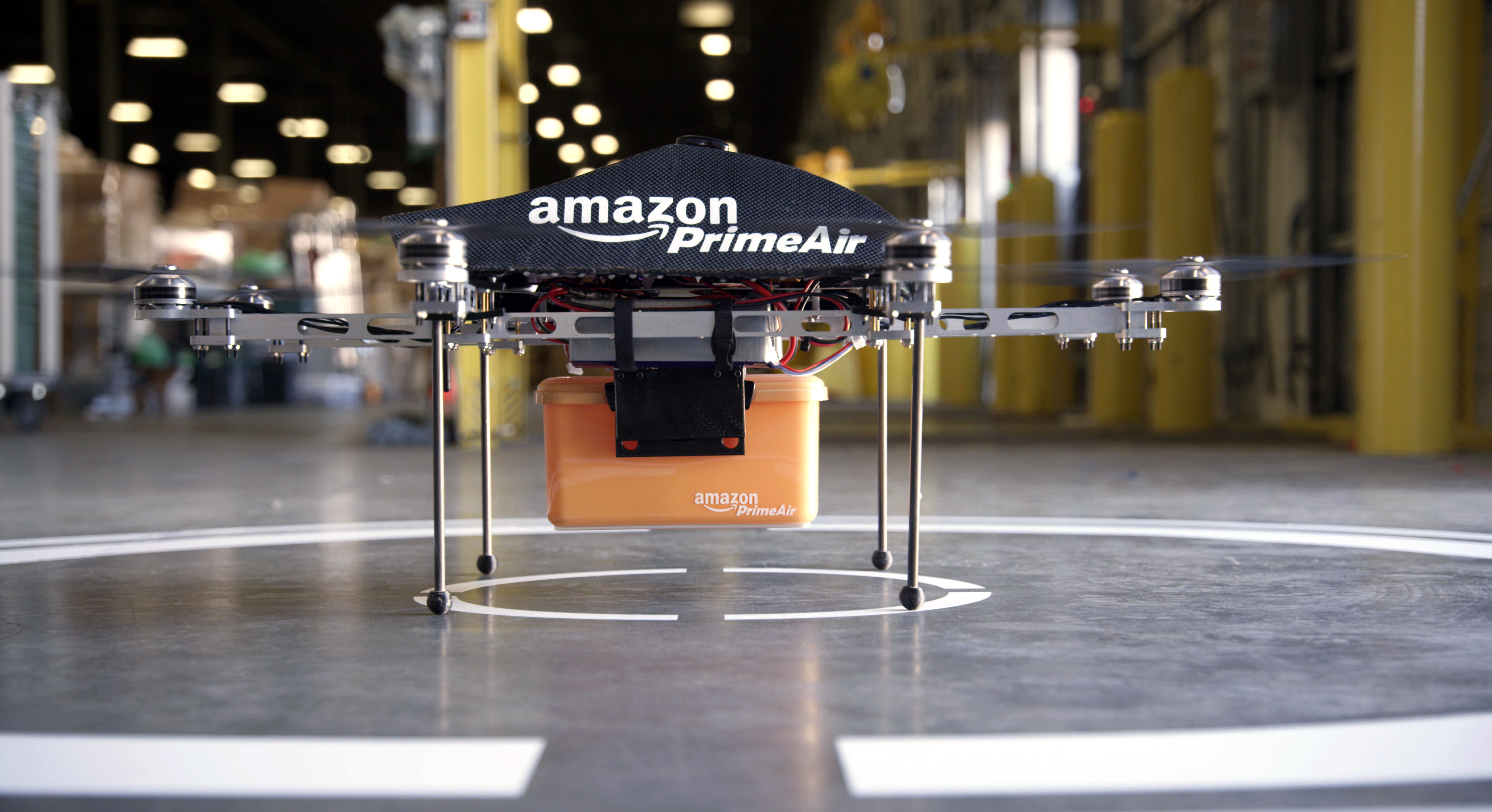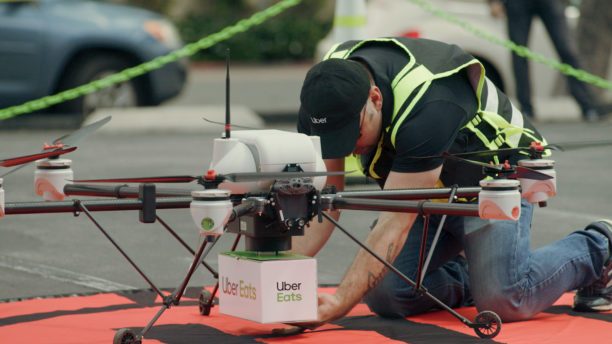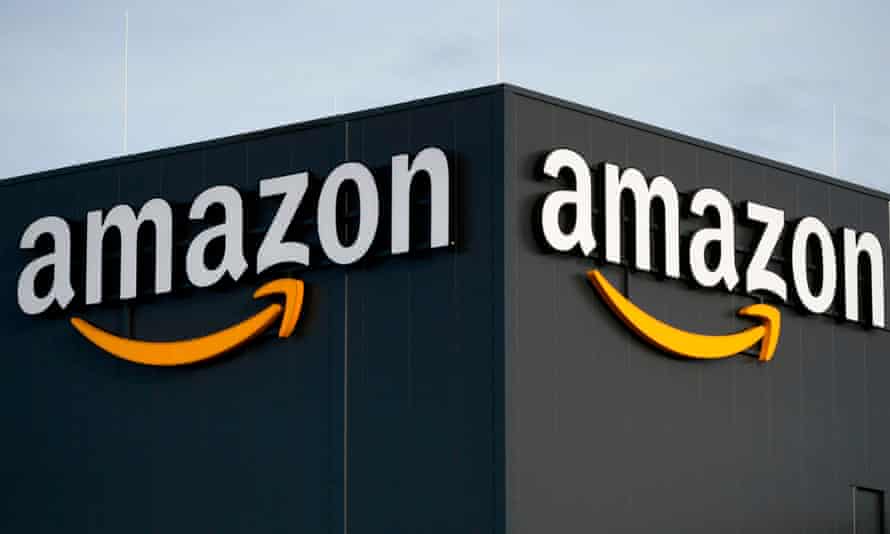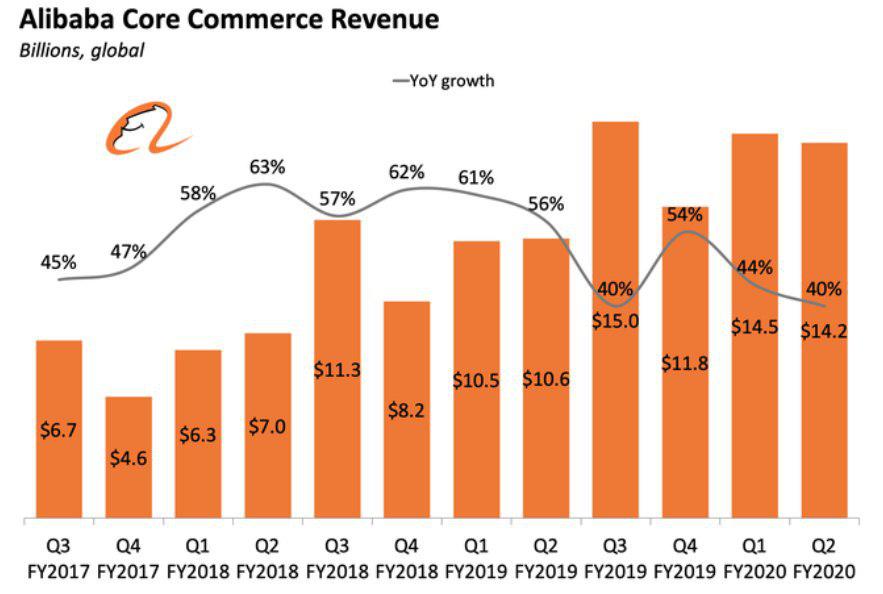Today, drone delivery is one of the key areas that both large UAV manufacturers and companies specializing in the delivery of goods around the world are working on.
Top Developers
To date, four American companies developing commercial drones for delivering goods are among the first successful ones:
Amazon
Wing Aviation
Uber Technologies
UPS & Matternet
Achievements of companies
Although there are many legal obstacles that still need to be overcome. For the United States, 2020 marked the beginning of a series of drone delivery trials:
Wing Aviation is known to have partnered with FedEx and Walgreens to test deliveries this month with their drone in Christiansburg, Virginia.
Uber said it has already begun testing drone delivery in San Diego, California.
Amazon did not specify where it will test its drones, but back in June the company said it would begin delivering packages to consumers using UAVs “within the next few months.”
UPS & Matternet recently announced that it is fully certified by the FAA, allowing it to operate as an unmanned airline using Matternet’s unmanned aerial vehicle technology to expand the delivery of urgent items on demand across the country.
What are the prospects?
According to industry experts, it takes quite a long time to launch a large-scale drone delivery service. Nonetheless, commercial drone sales are expected to skyrocket. The FAA estimates that this number will grow from 600,000 (as of 2016) to approximately 2.7 million in 2020.
Drones
Amazon

Amazon has been testing its drones in Cambridge, England since 2016. It is known that before settling on the last hexagonal configuration, the developers had to consider about 50,000 concepts. The Amazon drone is a pretty interesting design with a hexagonal shape and shields around the six rotors. An Amazon drone lands to deliver the package. Takeoff and landing are carried out vertically. To carry out high-speed flight, the drone switches from horizontal to semi-horizontal mode. The drone can make a 20-kilometer round trip, and it promises delivery within 30 minutes. The drone uses machine learning algorithms in combination with an infrared sensor system to detect wires, birds and buildings. The company programs its drones for different scenarios so that they know what to do when, for example, they arrive at a delivery location.
Wing Aviation

The design of the Wings Aviation drone is even more unusual. To implement vertical takeoff and landing, their drone is equipped with 12 small propellers. For horizontal flight at higher speeds, wings with two large propellers are provided. The Wing drone lowers the parcel using a cable, which excludes landing from the delivery process. Able to carry out delivery within 10 minutes at a distance of up to 19 kilometers.
Wing aviation has been testing its drones since 2014 in Australia. According to the Wall Street Journal, the company has conducted more than 80,000 tests. As previously mentioned, Wing Aviation is partnering with FedEx and Walgreens to deliver small packages to Christiansburg, Virginia. The developer does not inform by means of what technologies the definition and overflight of obstacles is carried out.
Uber Technologies

The Uber drone has received a traditional configuration. This is a hexacopter, which is actually a modified AR200 drone from AirRobot. In May this year, Uber teamed up with McDonald’s to test drone delivery near the University of California, San Diego. The company says residents in the vicinity of the university will soon be able to order drone-delivered food from a limited number of local restaurants via the Uber Eats app. Uber promises delivery in an average of 7 minutes for a distance of up to 4.8 kilometers. The developer does not inform by means of what technologies the definition and overflight of obstacles is carried out.
UPS & Matternet

The Matternet M2 Drone standalone platform includes the Matternet M2 drone itself, the Matternet control station and the Matternet cloud platform, through which it interacts with Matternet networks. The drone received a classic quadcopter configuration. The potential of the platform allows you to automatically receive customer requests, generate routes, monitor and manage all operating Matternet assets. The developer presents its platform as a service for healthcare, e-commerce and logistics organizations. The M2 drone is authorized by the Swiss Aviation Authority for full-fledged logistics operations over cities. Designed for the carriage of goods weighing up to 2 kg or 4 liters at a distance of up to 20 km, in a 24/7/365 operation mode.
Do you think this delivery method will become popular?











